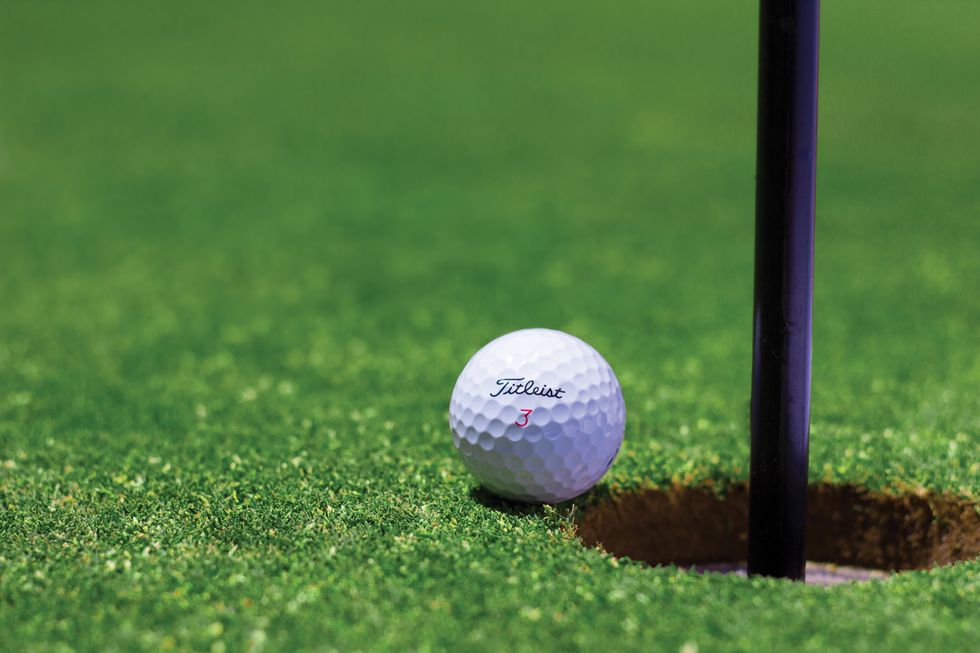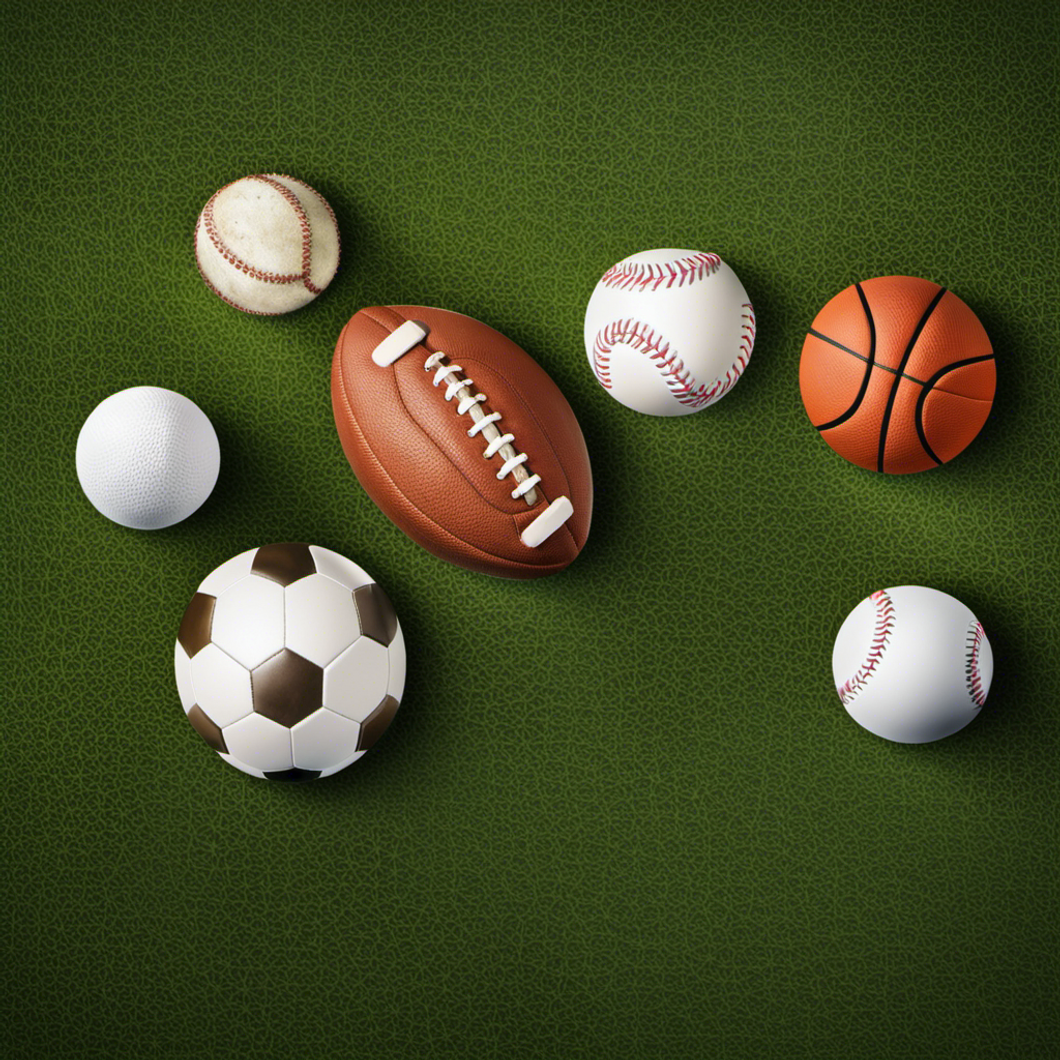Below we have attempted to give all necessary data on the primary factors that you might want to know about when picking a beginner's golf ball
We hope this buying guide will have an effect to your game, and in the event that you like it, we would be pleased on the off chance that you left a remark beneath or imparted to your mates!
You may likewise need to look at our recommendation and audits on the Best Golf Clubs for Beginners and the Best Drivers for Beginners.
1. Dimples
There are anywhere between 300 to 500 dimples on a golf ball, however, the most widely recognized number of dimples is somewhat in the area of 336 to 392.
Dimples make a very meager fierce limit layer around the border of the ball so as to smooth out the streaming air descending around the golf ball and thus pushing the golf ball upward. Much like the streamlined features of a plane and how it coasts through air.
Dimples on a golf ball are completely basic to execution. Without uncertainty, this is the most significant factor in a golf ball as dimples are what makes the golf ball fly the separation it does.
Basically the less surface zone on a golf ball the less it is influenced by wind and downpour backing it off when flying through the air. The more profound and littler the dimples, the lower the ball flight and higher the reverse-pivot.
On the other hand the more extensive and shallower the dimples the higher the dispatch and lower the turn rate. The last clearly you'll concur gives significantly more separation rather than the primary alternative.
Dimples come in every single distinctive shape, for example, ovals, tears, hexagons and the most widely recognized of these being circles.
One thing must be said, however – non-round dimples have been brief in sessions. Producers have attempted these shapes and before long understood that there was no advantage at all and was not especially effective.
The shallower and fewer dimples a ball has – the better! Being a novice you're going to get more separation!
2. Spread Composition
For the most part, there are two essential spread materials to the cutting edge golf ball. First is a surlyn spread and the second is a polyurethane structure.
Of the two the surlyn gives a somewhat firmer feel and the essential impact is separate. The polyurethane spreads are gentler and give more turn and control.
When picking the correct golf ball remember what precisely you are after. Is it basically separation and solidness being a starter golfer that is simply taken up the game or would you say you are needing all the more a delicate inclination golf ball? As we would like to think the objective for you being a tenderfoot is to locate the longest golf ball accessible yet, in addition, one with a great feel. It truly isn't charming playing golf with a stone hardball so attempt discovers center ground among feel and separation when looking for your optimal golf ball.
It might even take a round or two to test three or four balls and see which suits you best. One thing is for sure, however – we've chosen the best choices there are available so stay with one of the alternatives above! It'll spare you a touch of time that is certification.
By and large, the Urethane golf balls are more for cutting edge or Tour level golfers, however, you do in any case have producers offering mid-level golf balls with this spread sythesis.
By and by, of the two noteworthy sorts of spread structures accessible you will settle on surlyn secured golf balls, which will profit you separate insightful.
3. Development
The four most basic contributions as far as development is as per the following:
One Piece
Commonly one piece golf balls are found at your golf driving extent. They are the least expensive balls you are going to discover. In all respects impossible you're going to discover these balls available to be purchased to really use on the golf course. One piece balls are commonly made of a strong surlyn piece with dimples formed into the spread.
Two Piece
A hardish ball with an acrylate or sap center commonly canvassed in surlyn. The spread is especially solid and doesn't cut or bite severely consequently giving you something that keeps going a decent couple of rounds (on the off chance that you don't lose your balls that is!). Two piece balls are entirely moderate and give a lot of separation so they are extremely well known among tenderfoot golfers – that is you! They don't turn much, however!
Three PieceThe present three piece balls have a strong center with an upgraded layer of elastic between the center and the spread. The spread is formed over the golf ball and is comprised of either a surlyn or polyurethane material. Three piece balls are gentler than two piece balls and offer higher turn rate, which considers better control regarding ball trip alongside marginally more turn on the green. What is helpful around three piece balls is that they give one a lower turn rate with a driver contrasted with a wedge. Three piece balls are as yet a decent alternative for a novice on the off chance that you lean toward a milder inclination golf ball.
Multilayer
The better players' golf ball. Comprised of either four or 5 layers and furnishing players with higher swing speeds more separation and greatest turn conceivable. The inward center gives hazardous separation and the layers in the middle of the center and spread give shifting twist rates relying upon what club is being utilized. Finally, the spread is ultra flimsy taking into account most extreme reverse-pivot and control on wedge shots. Just drawback is the golf ball bites rapidly and you'll likely be experiencing two, at any rate, every single round you play. The best players on the planet aren't searching for separation out of a golf ball, yet rather turn and control and the multilayer golf ball gives only that.
4. Pressure
The pressure is a proportion of the avoidance of golf ball experiences when it is struck. It is estimated somewhere in the range of 0 and 200, with 200 being a ball that does not pack and a 0 being a ball that diverts 5mm or more. Most golf balls run somewhere in the range of 50 and 100 in pressure.
The lower the pressure of a golf ball, the more the ball will twist upon effect. Also, a thump on impact is the greater the zone will be that comes into contact with the clubface.
Here is a video of a golf ball hitting a steel plate at 150 mph, recorded at 70,000 edges for each second (AMAZEBALLS!!!)
Lower pressure golf balls are milder and increasingly fit the slower swing paces or amateurs though higher pressure golf balls require higher swing speeds so as to increase the greatest control.
Since you are a learner and uncertain which pressure suits you best if it's not too much trouble remember one significant actuality. A low-pressure golf ball isn't just for low swing rate players. On the off chance that you have a high swing rate and incline toward a gentler inclination ball at that point put it all on the line.













